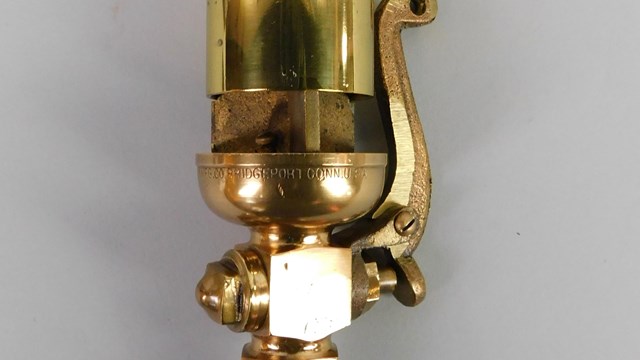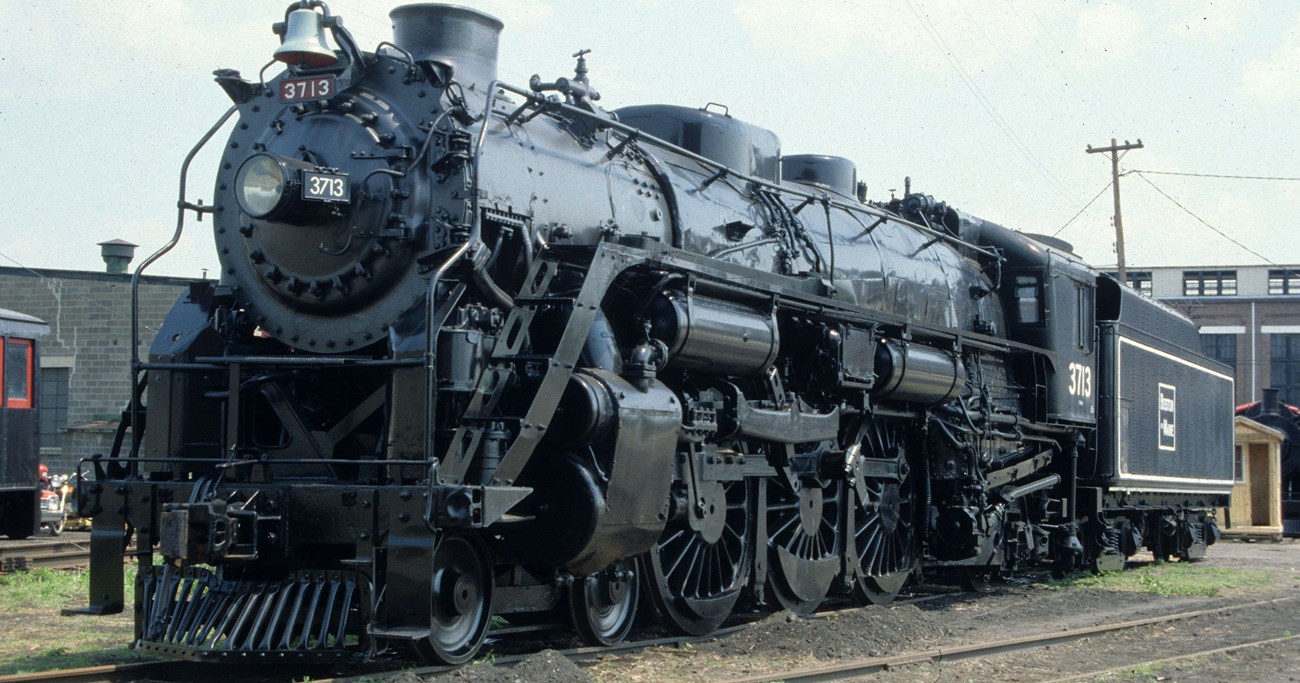
Maintenance, Machines & Technology
Countless tools are necessary to keep locomotives and railroads operating smoothly. Efficient communication was essential to coordinate the movement of cargo and people. Schedules were organized, and a system of signals developed. In particular, railroads were one of the first industries to use the telegraph. Signal towers were sprinkled along the route and manned 24 hours a day, seven days a week. A complicated system of signals was developed as the railroads expanded. Railroads were also at the forefront of wireless radio communications.
Maintenance
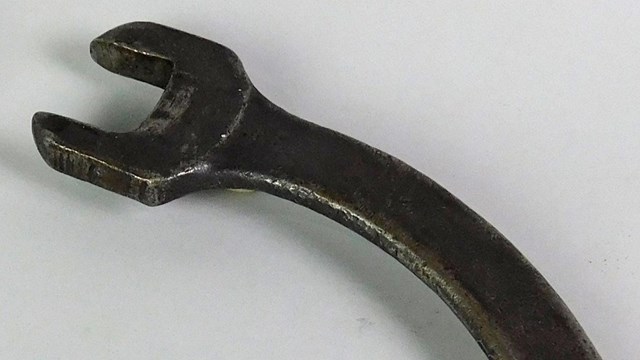
Steamtown National Historic Site, STEA 509
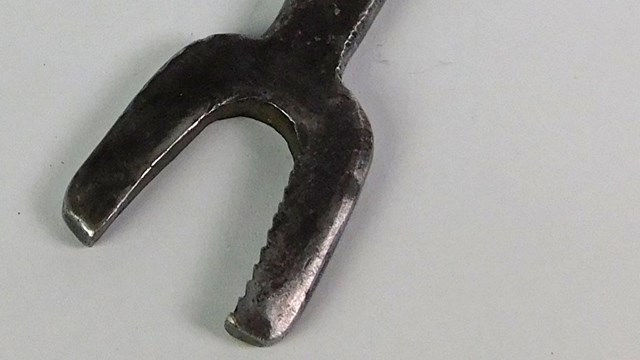
Steamtown National Historic Site, STEA 530
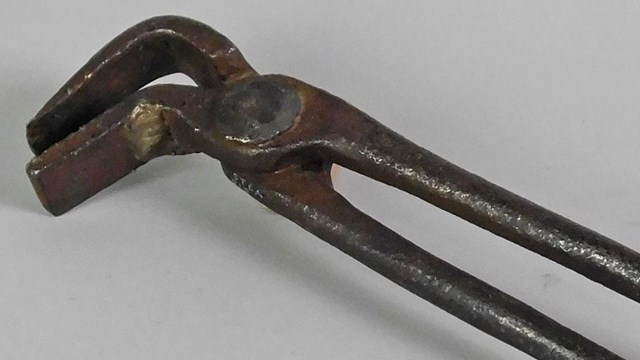
Steamtown NHS, STEA 515
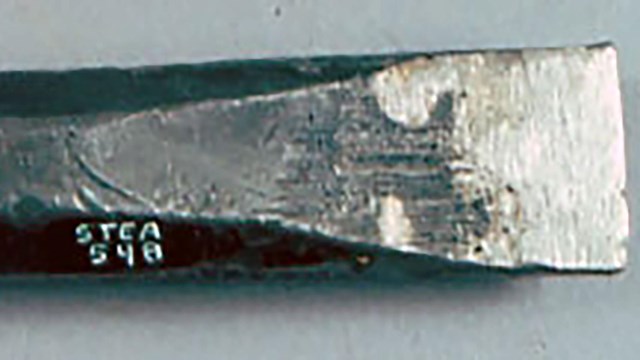
Steamtown NHS, STEA 548
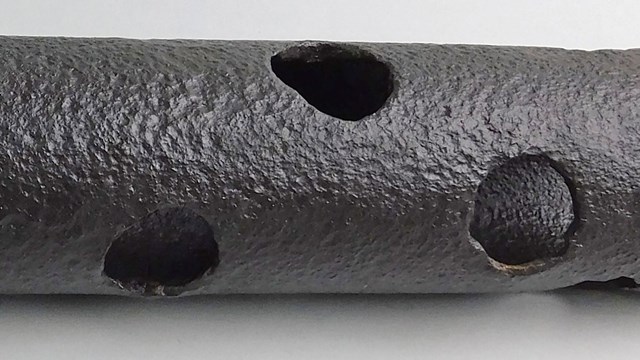
Steamtown NHS, STEA 895
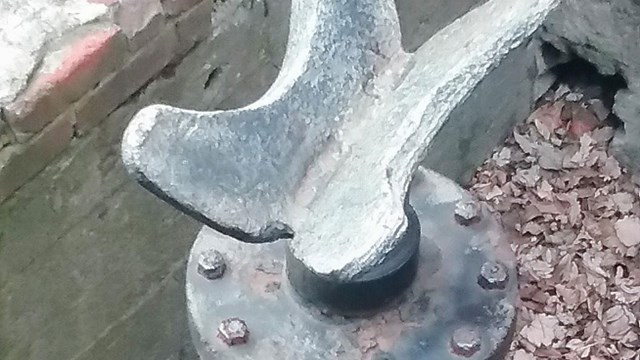
Steamtown NHS, STEA 1602
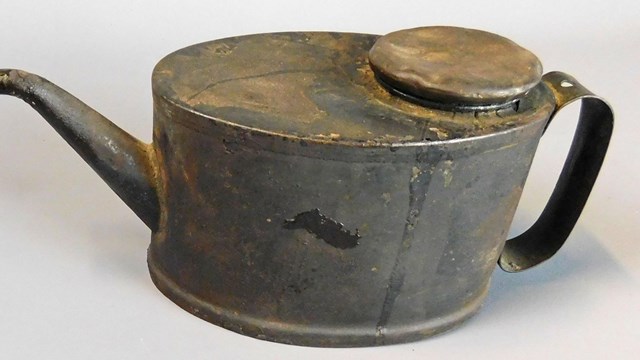
Steamtown NHS, STEA 3320
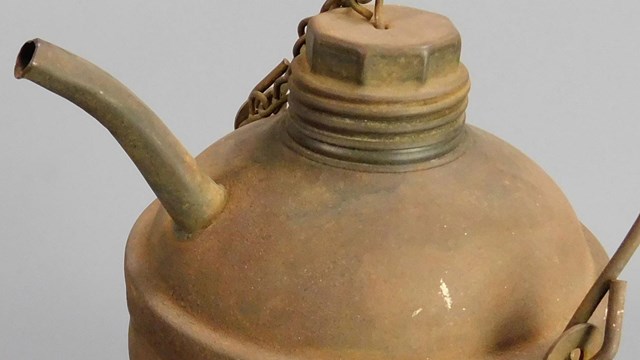
Steamtown NHS, STEA 4789

Steamtown NHS, STEA 896
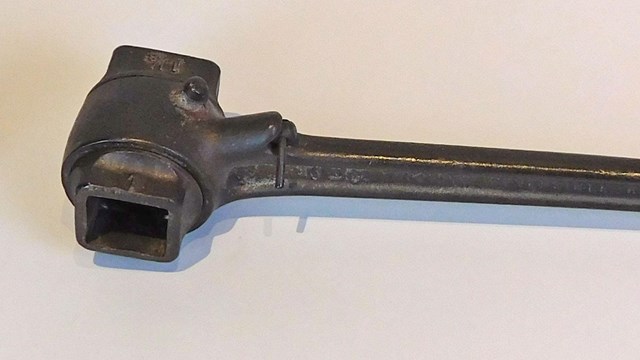
Steamtown National Historic Site, STEA 2680
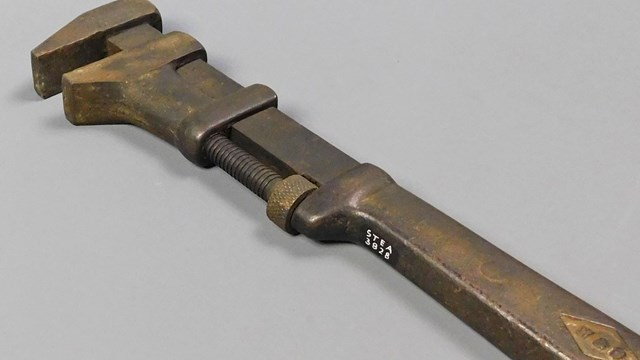
Steamtown NHS, STEA 3828
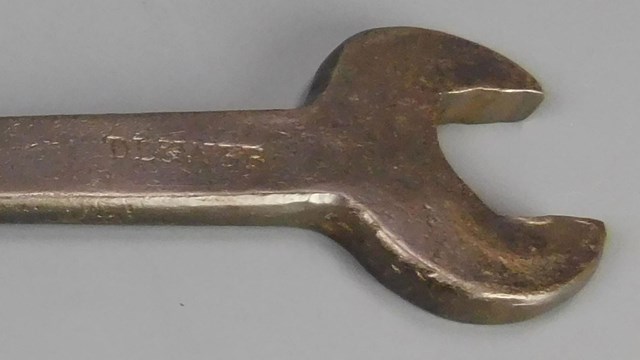
Steamtown NHS, STEA 6982
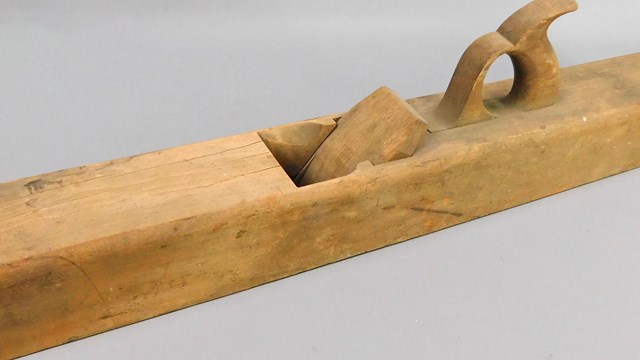
Steamtown NHS, STEA 3231
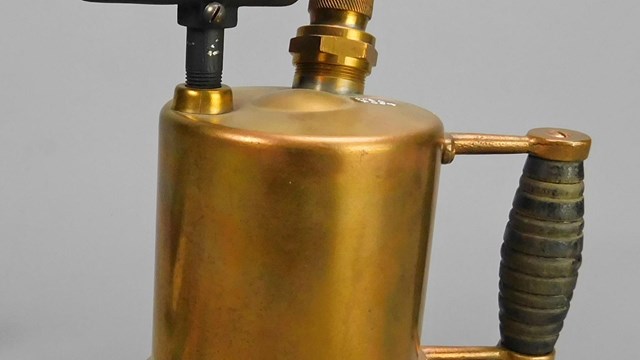
Steamtown NHS, STEA 7004
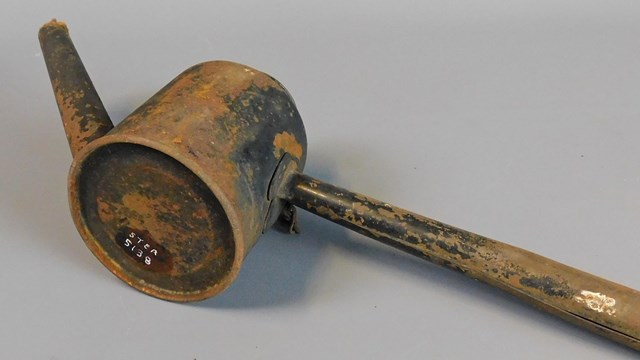
Steamtown NHS, STEA 5138
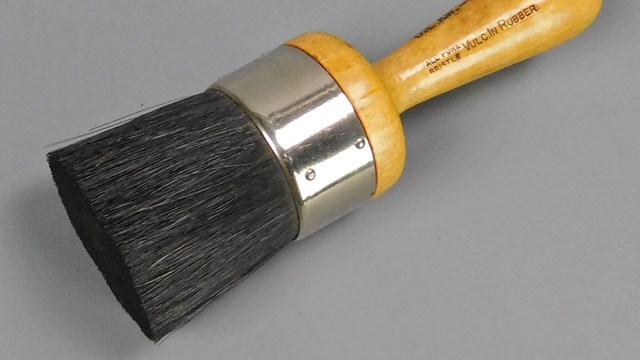
Steamtown NHS, STEA 7261
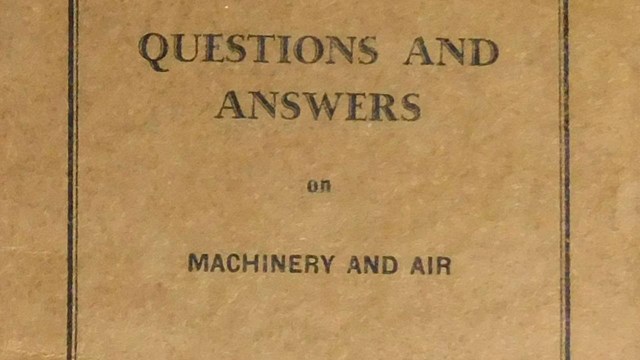
Steamtown NHS, STEA 227

Steamtown NHS, STEA 5444
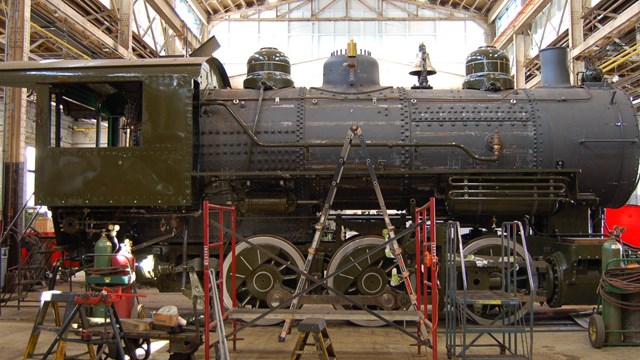
National Park Service photograph
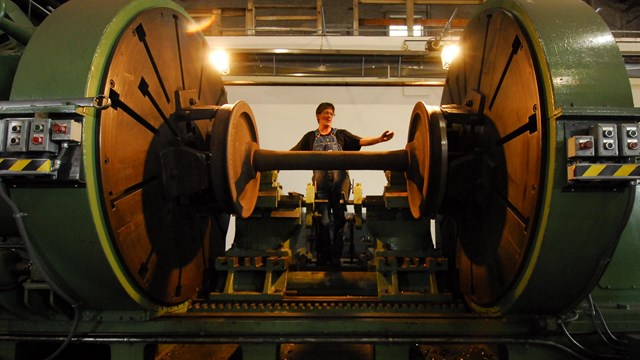
National Park Service photograph
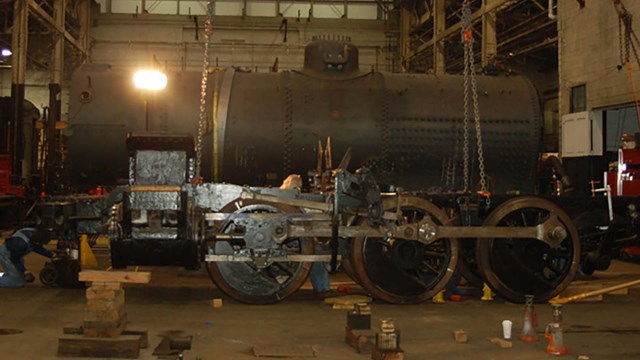
National Park Service photograph
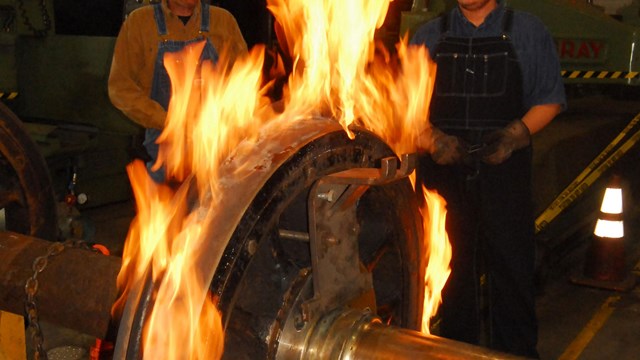
National Park Service photograph
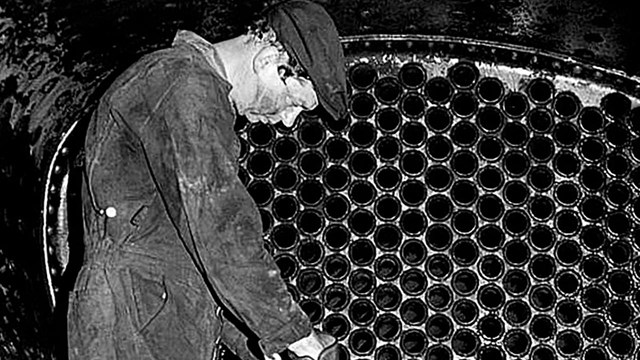
National Park Service photograph
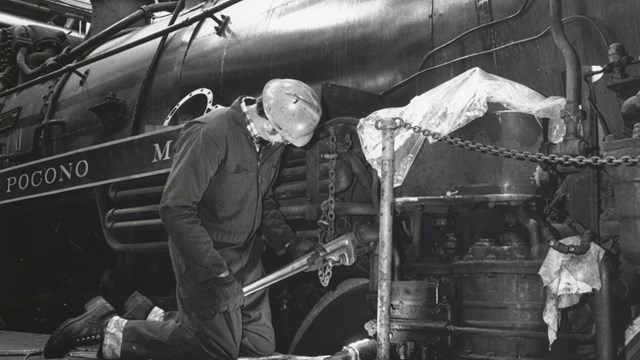
National Park Service photograph

Steamtown NHS, STEA 7469. B1390
Machines in Locomotive Shop
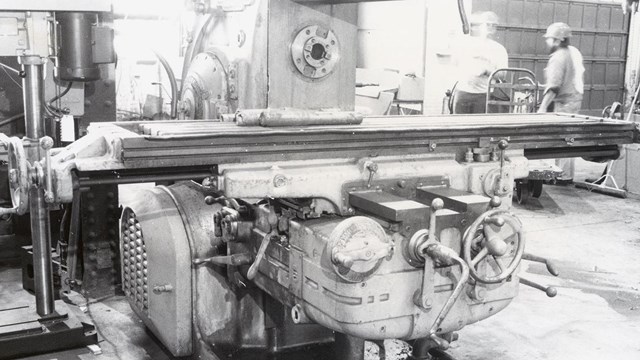
National Park Service Photograph

National Park Service Photograph
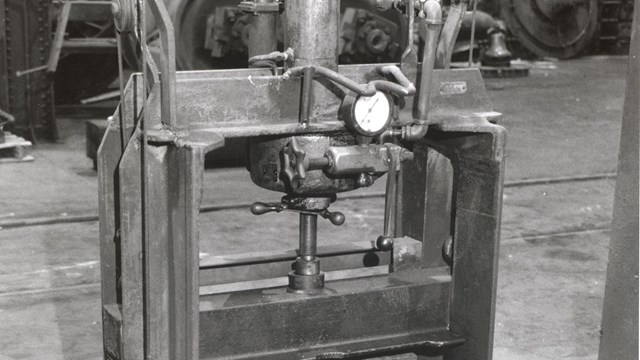
National Park Service photograph
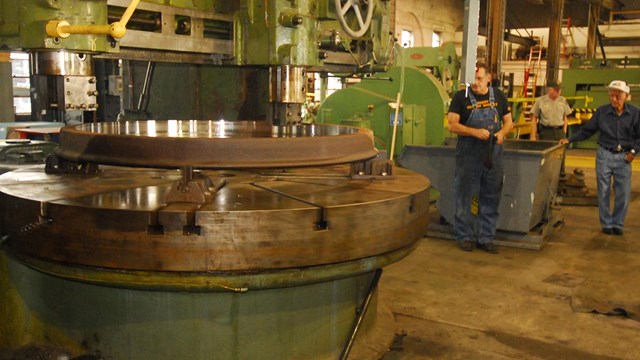
National Park Service photograph
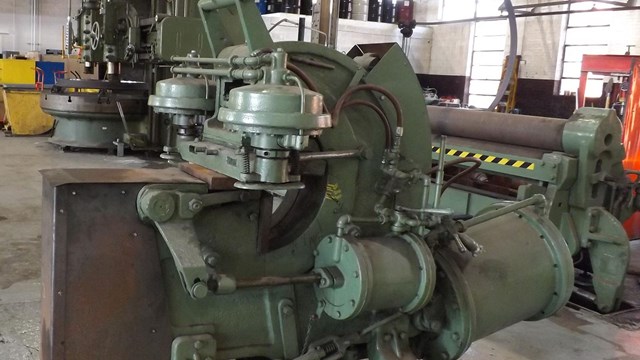
National Park Service photograph

National Park Service Photograph
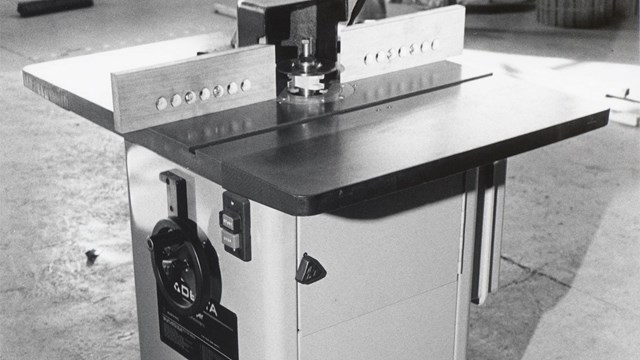
National Park Service Photograph
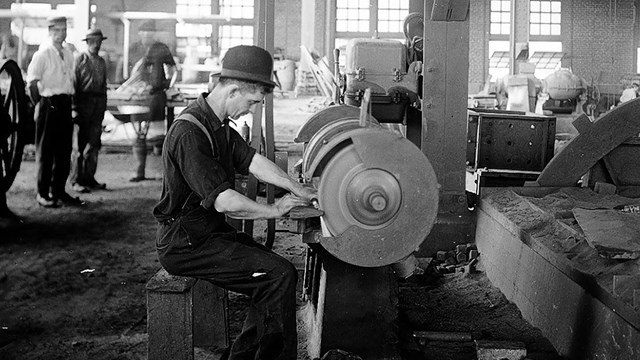
Steamtown National Historic Site, STEA 7469 Safety Misc 18
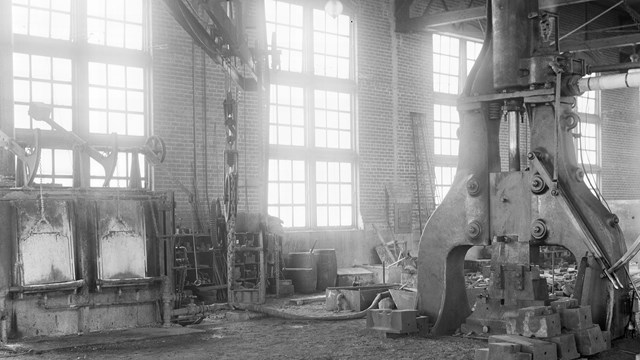
Steamtown National Historic Site, STEA 7469. B0813
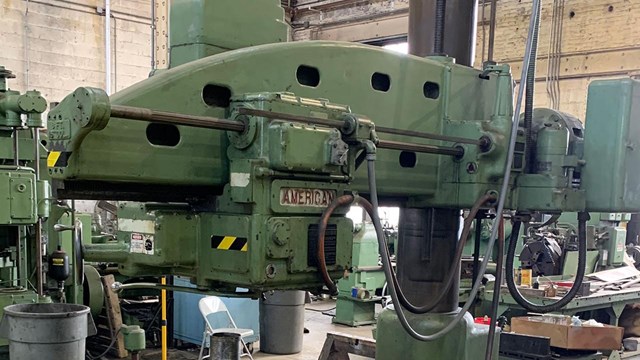
National Park Service photograph
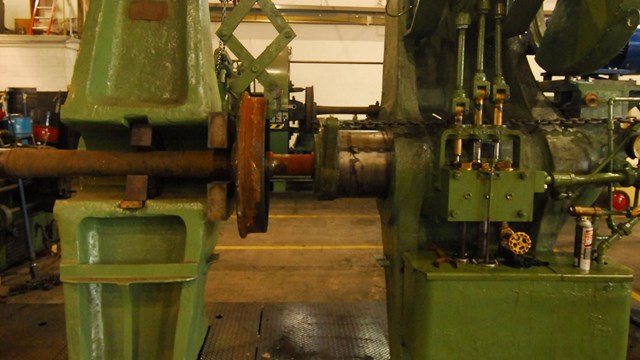
National Park Service photograph
Technology
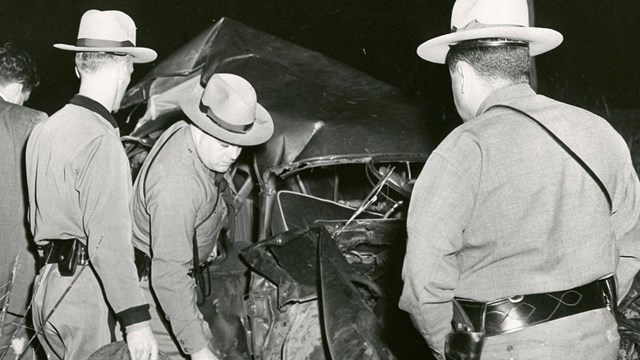
Steamtown NHS, STEA 280
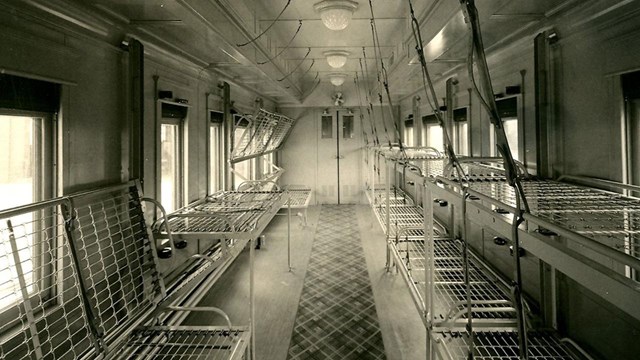
Steamtown NHS, STEA 915
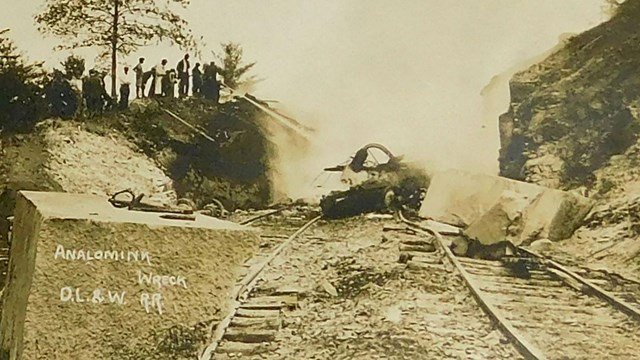
Steamtown NHS, STEA 5032

Steamtown NHS, STEA 345
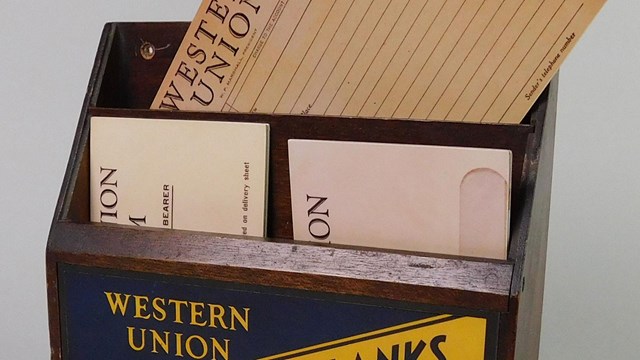
Steamtown NHS, STEA 976
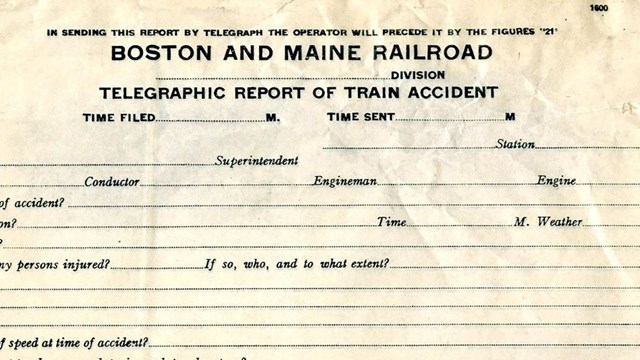
Steamtown NHS, STEA 6004

Steamtown NHS, STEA 3245
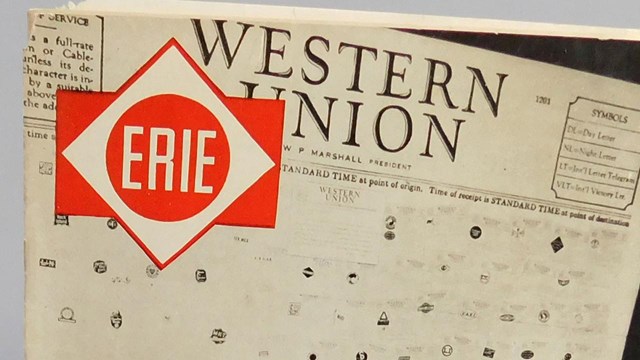
Steamtown NHS, STEA 1401
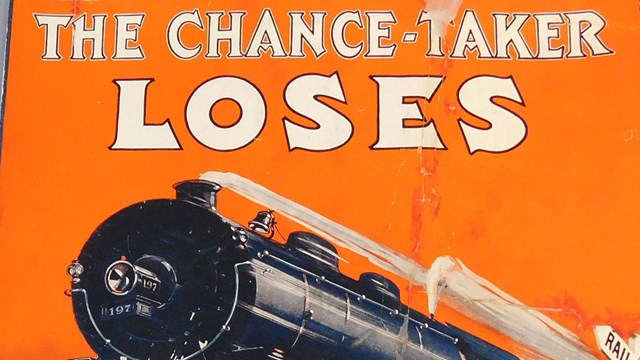
Steamtown NHS, STEA 1305
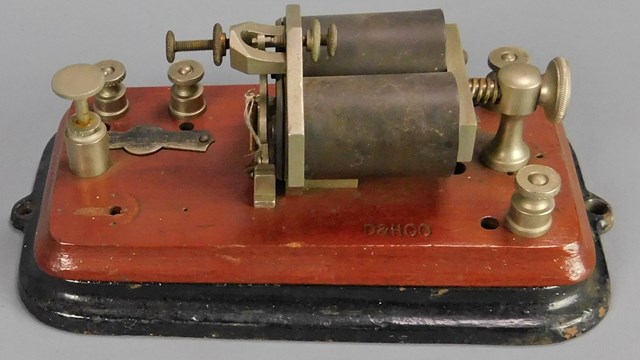
Steamtown NHS, STEA 2687
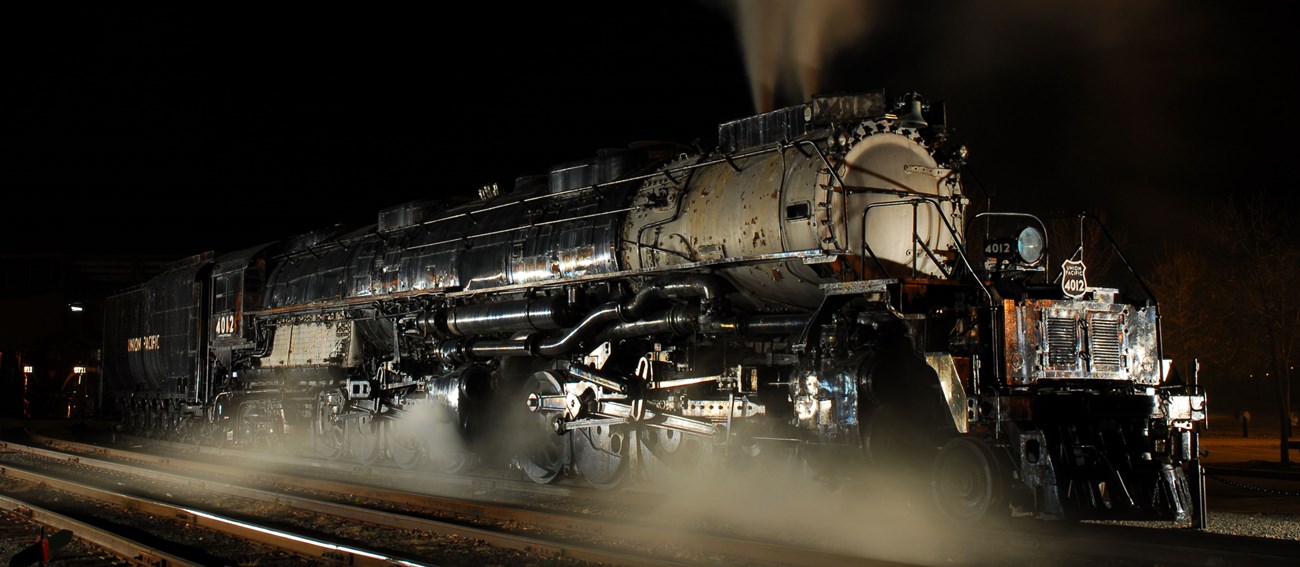
Individual Locomotives
Replacement of iron rails by larger, heavier steel rails led to the production of bigger and more powerful locomotives. Improved wheel arrangements efficiently transferred energy produced by the boiler. Rolling stock became larger and more specialized to improve transportation of goods and passengers. Light wood boxcars, passenger cars and others were replaced with steel cars.
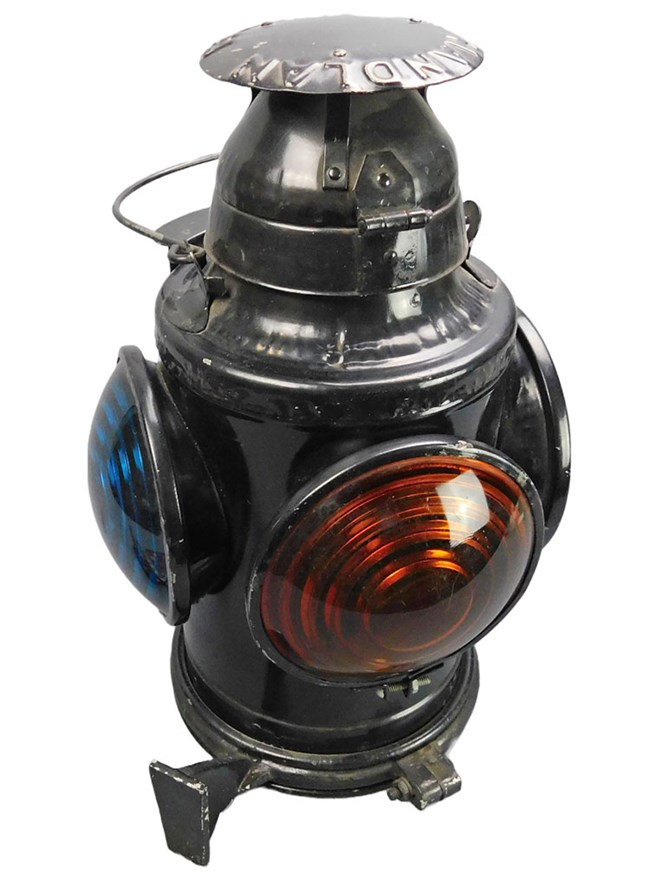
The second half of the 20th century saw the decline of the railroad. Overbuilding, competition between railroads, and competition from the subsidized interstate highway system led to the merger of some large railroads, while others went bankrupt. The American love of the automobile has replaced the railroad as the primary mode of personal travel, and rail shipping has largely been superseded by trucking. While railroads will never again see the activity or track mileage of the early 1900s, railroading continues to be a vital part of the nation’s transportation infrastructure.
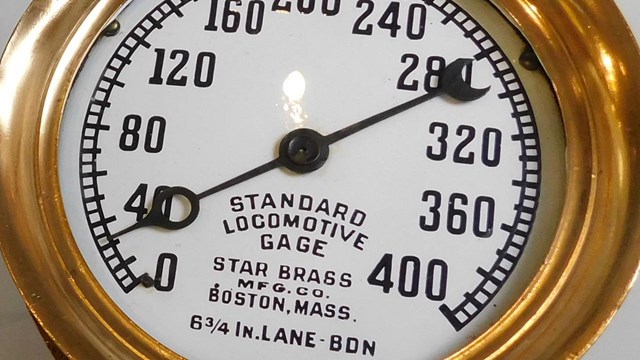
Steamtown NHS, STEA 998

Steamtown NHS, STEA 2701
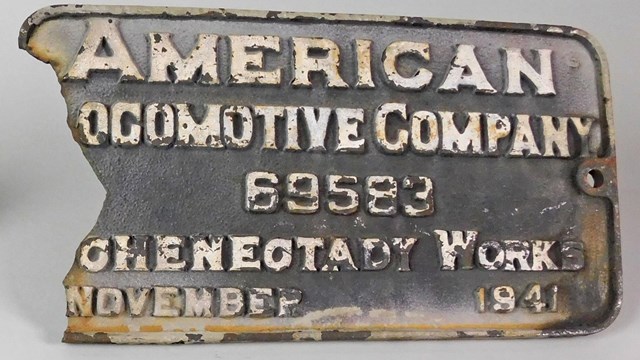
Steamtown NHS, STEA 3210
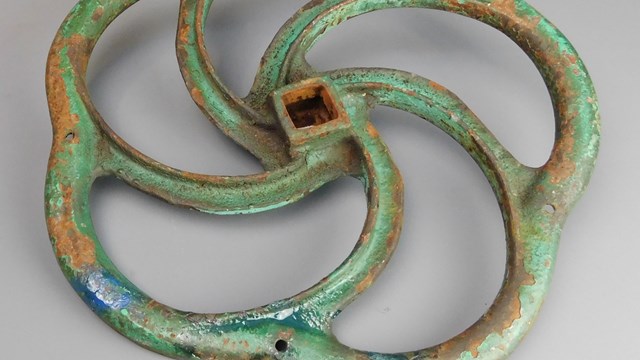
Steamtown NHS, STEA 3851
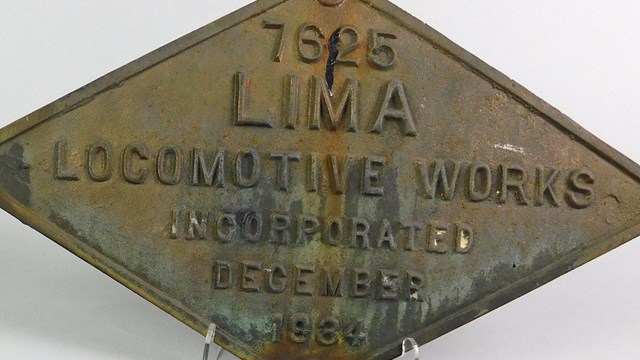
Steamtown NHS, STEA 3212
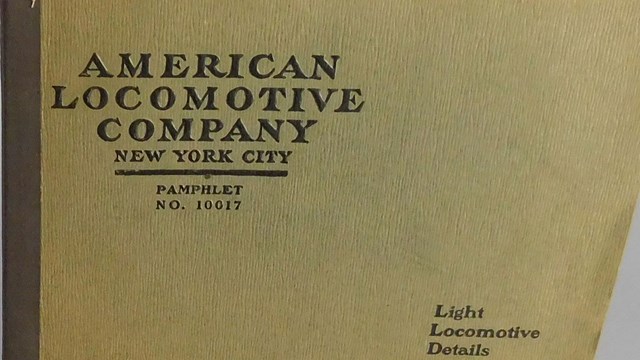
Steamtown NHS, STEA 7951
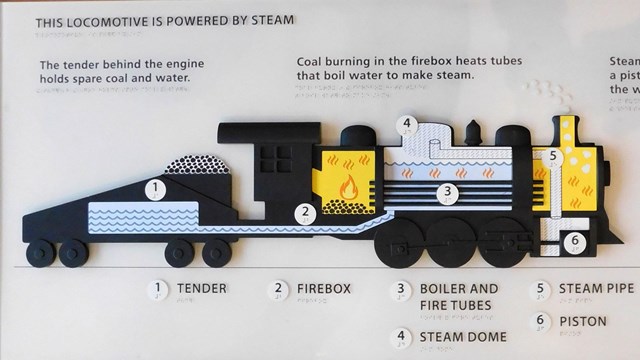
National Park Service Photograph
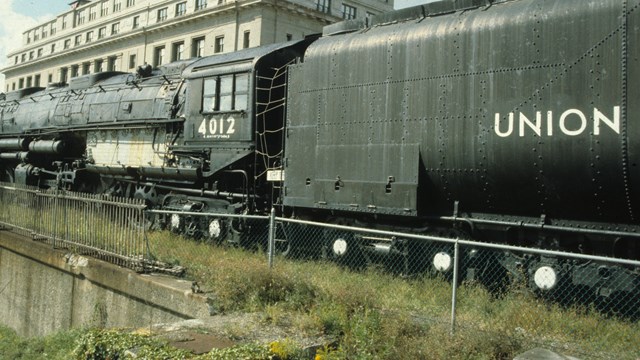
National Park Service photograph
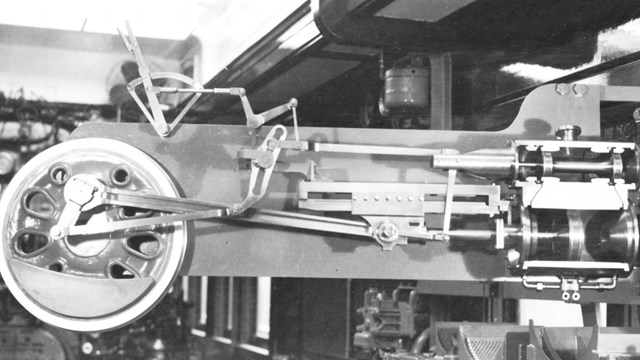
Steamtown NHS, STEA 1969
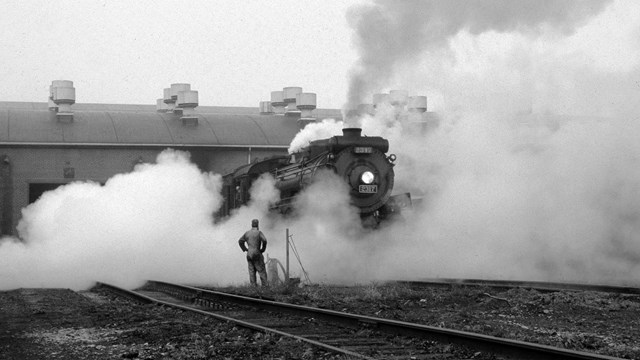
National Park Service photograph
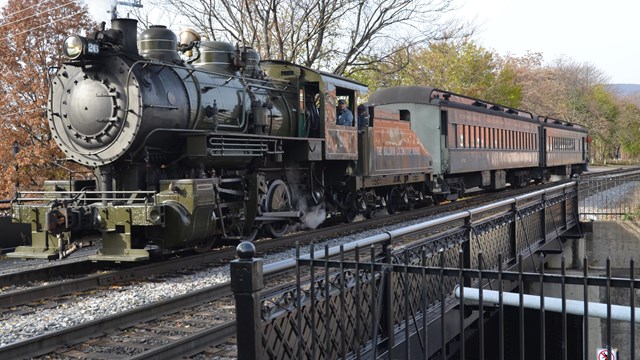
National Park Service photograph
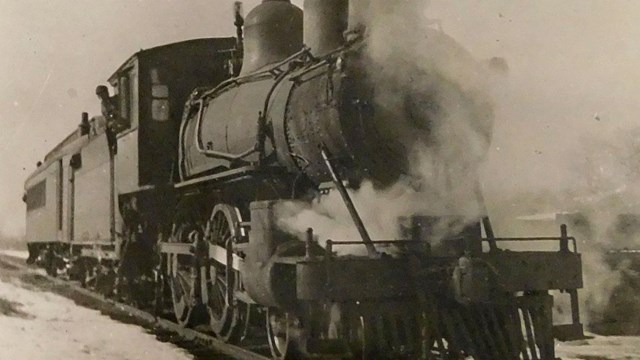
Steamtown National Historic Site, STEA 6
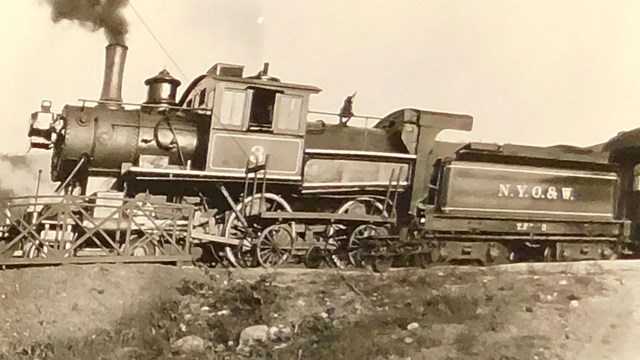
Steamtown National Historic Site, STEA 6
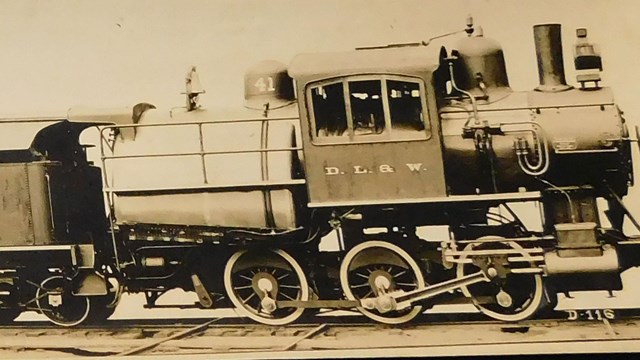
Steamtown National Historic Site, STEA 1389
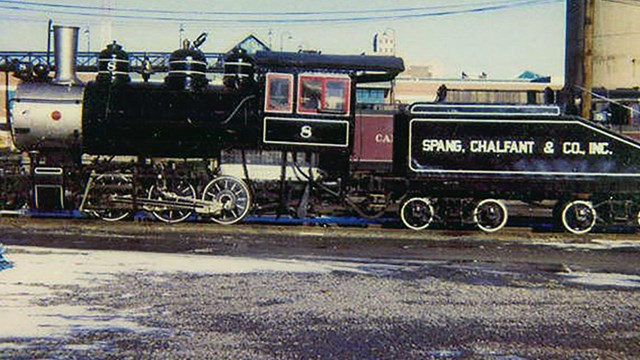
National Park Service photograph
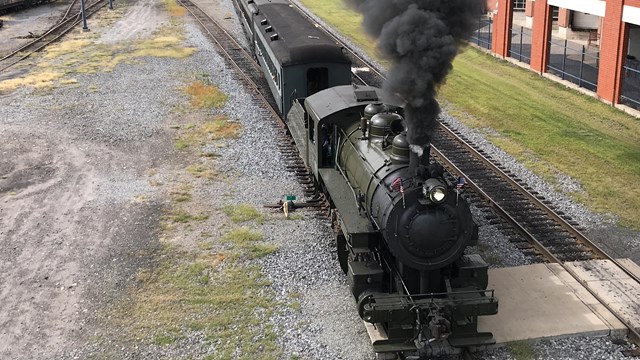
National Park Service photograph
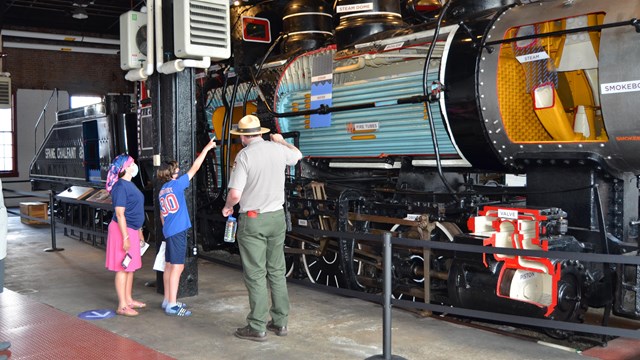
National Park Service photograph

Steamtown NHS, STEA 1322
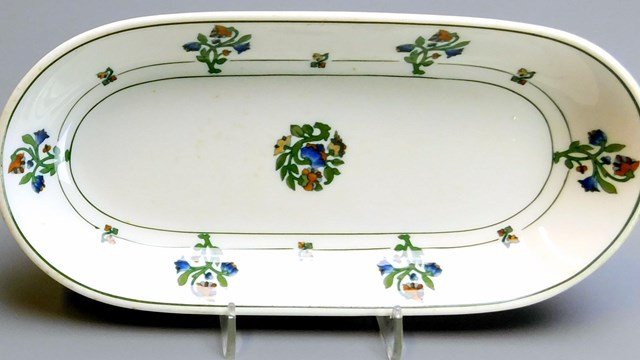
Steamtown NHS, STEA 745

Steamtown NHS, STEA 4756
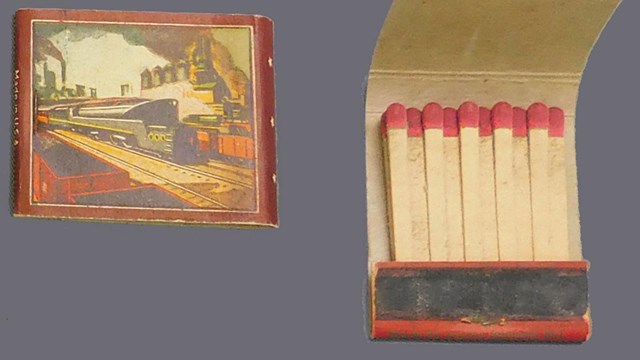
Steamtown NHS, STEA 7475
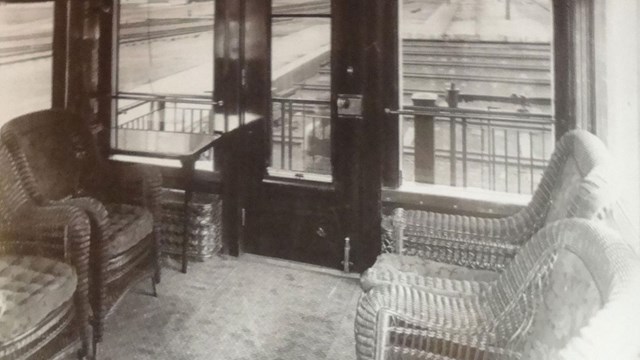
National Park Service photograph
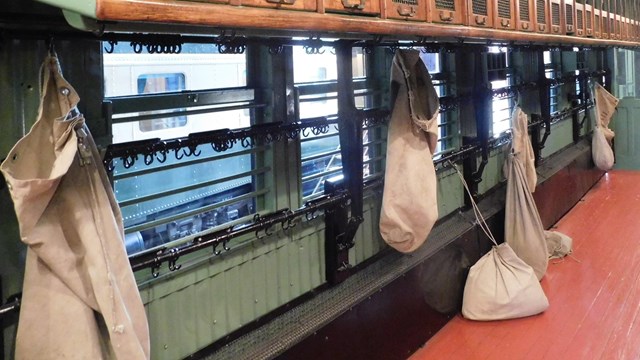
National Park Service photograph
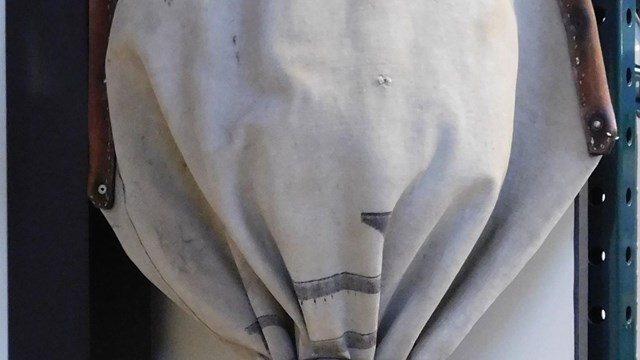
Steamtown NHS, STEA 2861
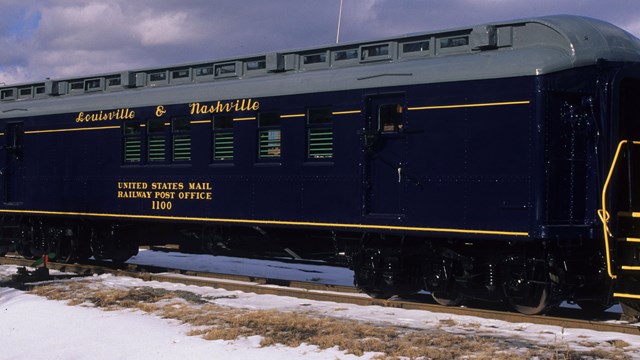
National Park Service photograph
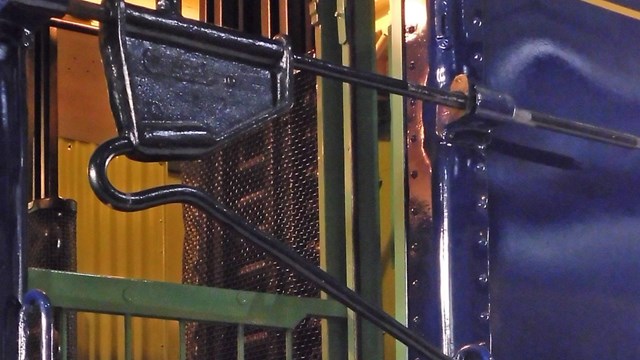
Steamtown NHS, STEA 3292
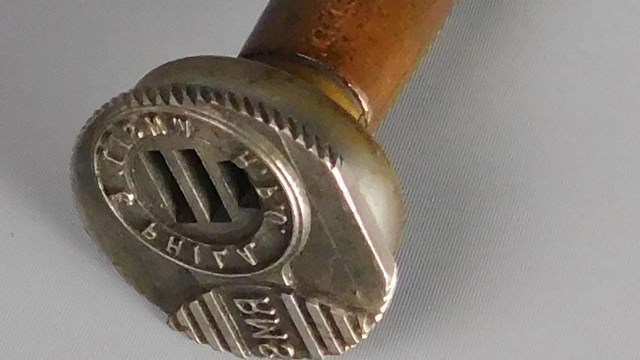
Steamtown NHS, STEA 7093
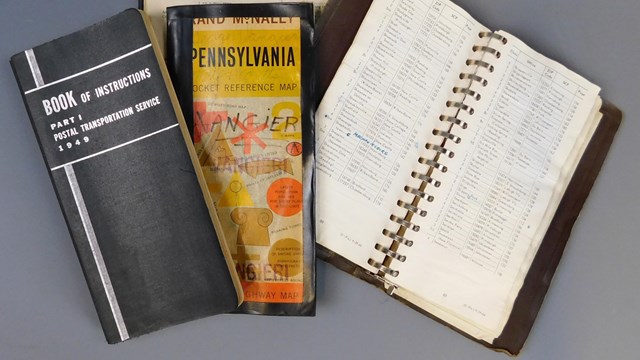
Steamtown NHS, STEA 8146
Last updated: November 1, 2022


